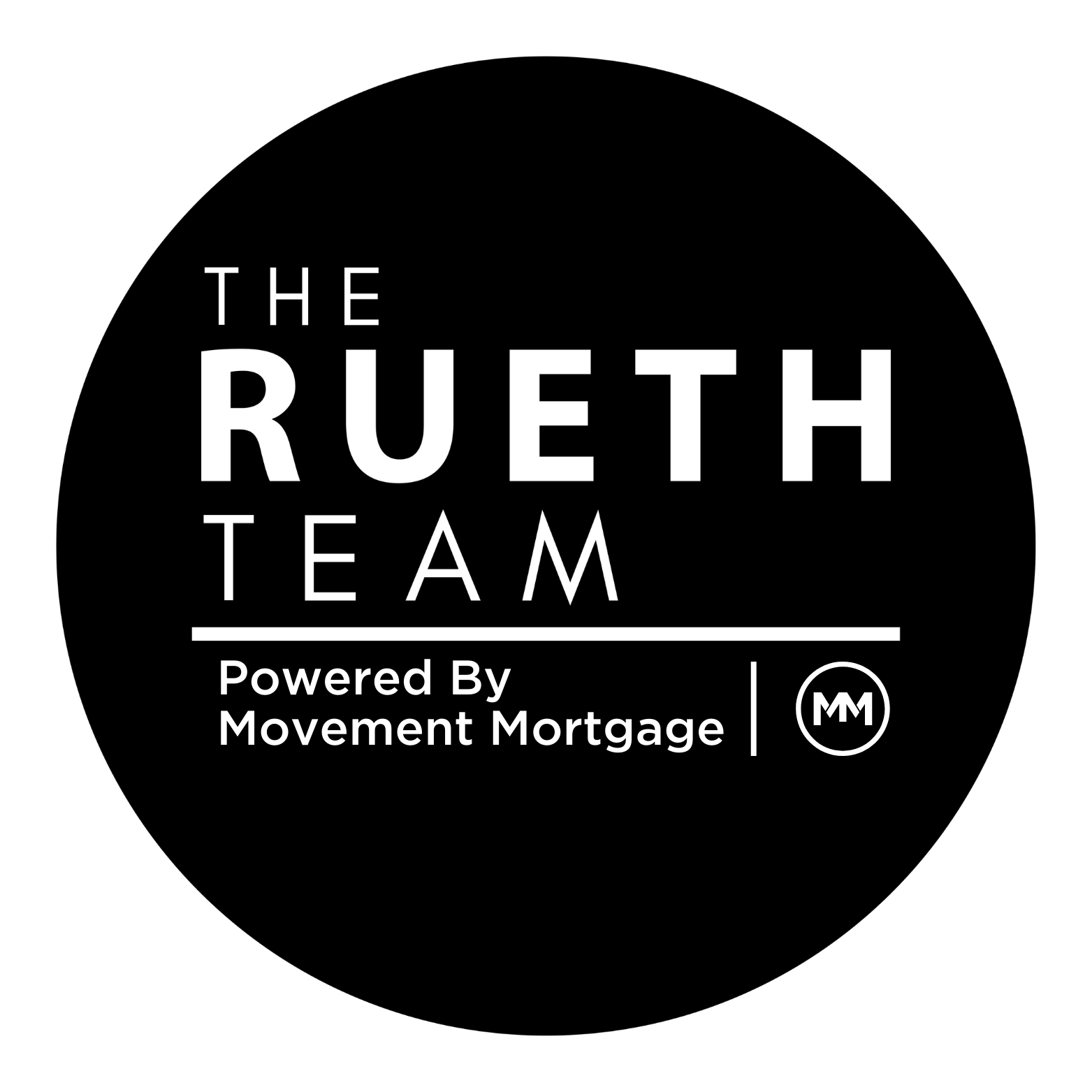In Denver's bustling real estate markets, characterized by rising property values and a competitive landscape,…
What to Expect in Denver’s Summer Housing Sprint
2020 has been a year of historical proportions and it has definitely impacted the real estate market. While buyers and sellers are both looking at real estate differently; buyers have committed to jumping into the market with purchase applications up 18% year over year and first-time home buyers double the activity of move-up buyers. For as much as the market remains a seller’s market by definition, current events are changing buyer behavior which will impact an already limited inventory.
Nationally, mortgage applications are up 11% from the lowest point during COVID-19. Even though the early trends are somewhat optimistic, applications are still down by 10% from this time last year. According to the Denver Metro REALTORⓇ Association’s April Market Trends Report, home sellers got an average of 99.96% of their listing price and sold their homes in an average of 20 days – which is great news.
Buyer demand is further increasing because of low-interest rates, which continues to be near historical lows in the 3.40% to 3.45% as more buyers apply for 30-year mortgages.
The recovery of real estate is getting a helping hand by an overall positive economic outlook. Remnants of the shutdown are still lingering though. Consumer spending is down 13.6% and jobless claims increased 2.1M, which is very high but is also at the lowest it’s been for the past 10 weeks. On the positive side, contiguous claims – indicates how many people transitioned from unemployment to full-time work – dropped as 4M people went back to work. Unemployment numbers will be reported this week. Most are expecting to see 19% unemployment when the actual unemployment numbers will be around 15%.
Why are Homeowners Not Listing Their Homes?
Looking forward, the question becomes whether home sellers will notice buyer activity and list their homes. Under normal market conditions, we would be in the heat of real estate’s “spring rush” as more sellers list their homes, hungry buyers would compete over limited inventory, and we’d see overall moderate price appreciation. As hopeful as I am for the recent positive reopening trends, I can’t help but wonder if sellers know they can sell for a premium by listing now, and there are other reasons to keep from listing.
Could COVID-19 itself be keeping homes off the market? Yes, of course. We saw a huge drop in inventory as sellers took their homes off the market because they *incorrectly* expected major home price reductions as the economy seemed to tank.
Low-interest rates might be keeping people in their homes longer. Americans today are spending an average of 13 years in their homes, five more than in 2010. The recent low-interest rates spurred refinancing activity as Americans seem to be content in their current homes and are taking advantage of lowering their monthly payments.
A tremendously insightful HousingWire article theorizes the past 40-years of increased home space has created an incentive for homeowners to stay put. As homes were built larger, first-time homeowners seem to be ok raising and growing their families in the same home. Upgrading to a new home doesn’t seem to be as necessary since they have enough space for babies, toddlers, and teenagers.
Colorado will hopefully continue reopening and we might see a much-needed surge of home inventory in the summer months. Whether we’ll see enough economic growth to make up for lost ground in March and April is anyone’s guess, but real estate’s most foreseeable challenge beyond COVID-19 is whether sellers will change their behavior and move into new homes more often, or not.
Today, real estate agents are the champions on the ground who will determine if Denver’s market makes significant headway in the summer. As history shows with prior downturns, it is real estate that will pull us out of the recession.
A final tidbit of positive news is the 2020 equity numbers were just released and 42.1% of all homes, up from 37%, are completely owned with no mortgage. There is an increase of homes that have more than 60% equity. Additionally, there’s positive mortgage lending news yesterday with an announcement of the loosing of the forbearance restrictions, which gives Americans access to move up, resize, or simply draw from the equity in their homes.




